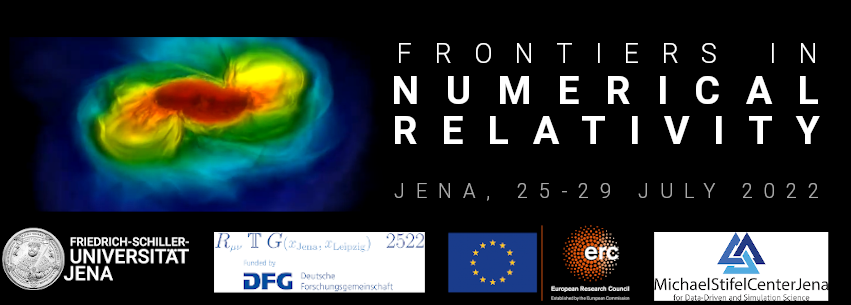Speaker
Description
Fuzzy dark matter (FDM) is an exciting alternative to the standard cold dark matter (CDM) paradigm, reproducing its many successful large scale predictions, but solving most of the existing tension with small scale (galactic) observations. FDM models postulate that dark matter (DM) is constituted by light bosons of mass~$m_\psi\sim 10^{-22}\,\text{eV}$, which behave like CDM on scales larger than the de Broglie wavelength~$\lambda_\text{dB}$ ($\sim 1\, \text{kpc}$, in a typical galaxy), but are subjected to a \emph{wave pressure} on smaller scales. One of the most solid predictions from FDM cosmological numerical evolutions is the condensation of a soliton core at the center of haloes. These solitons -- also known as boson stars (BSs) or oscillatons -- are stationary (or long-lived), self-gravitating scalar field configurations supported by wave pressure. However, if these solitons host a \emph{parasite} supermassive black hole (SMBH) they will be swallowed by their guest, as implied by the no-hair theorem. It is thus crucial to understand in detail the accretion process and the timescales involved. Several works have assumed (based on crude estimates) that the soliton remains largely unaltered by the presence of a central SMBH and used then, e.g., inner galactic rotation curves to put constraints on the mass~$m_\psi$ of the FDM particles. In this work we use numerical relativity to self-consistently solve the problem of accretion of a BS by a central SMBH. We find the different stages of accretion, estimate the BS lifetime.

